Food ManiaHotelsEvents & OccasionsTourismDrinksIntroducing RestroverseKathmandu HotelsRestroverse MarketplaceAIRestroverse for BusinessesEuro Cup 2024
#farm#organic#natural #hospitality#culture#tradition#Newari#Cuisine#Restaurants#Culture#Nepali#Thakali#Nepali-Cuisine#Traditional#tourism#nepal#pokhara#lakeside#iced #tea#summer#drink#chill#cafes#Accomodations #Luxury#5 star rated#momo#dumplings#Holi2081#NepalHoli#NepaliHoli#HoliCelebration#Boudhanath #new year#celebrations#Biryani#Halal#NepalHotels#BoutiqueHotels#local#alcohol#Trout#Fish#camping#barbecue#outdoor#live-music#performances
News
24 News Articles on the Hospitality Industry
Hotels
June 17, 2025Nepal’s Boutique Hotels and Heritage Stays: Lodging with Local Charm
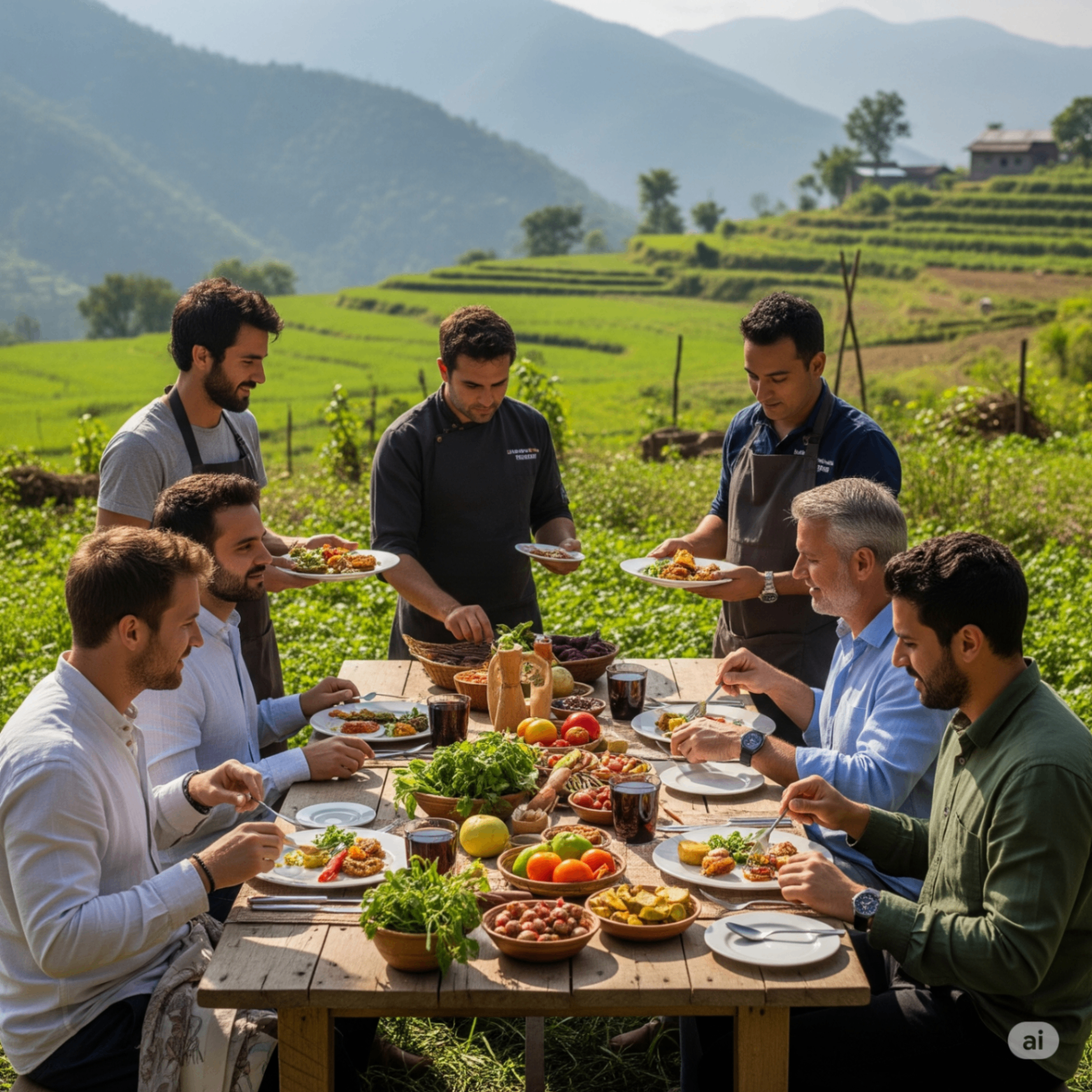
Food Mania
June 11, 2025Farm-to-Table in Nepal: Organic Dining and Farm Experiences
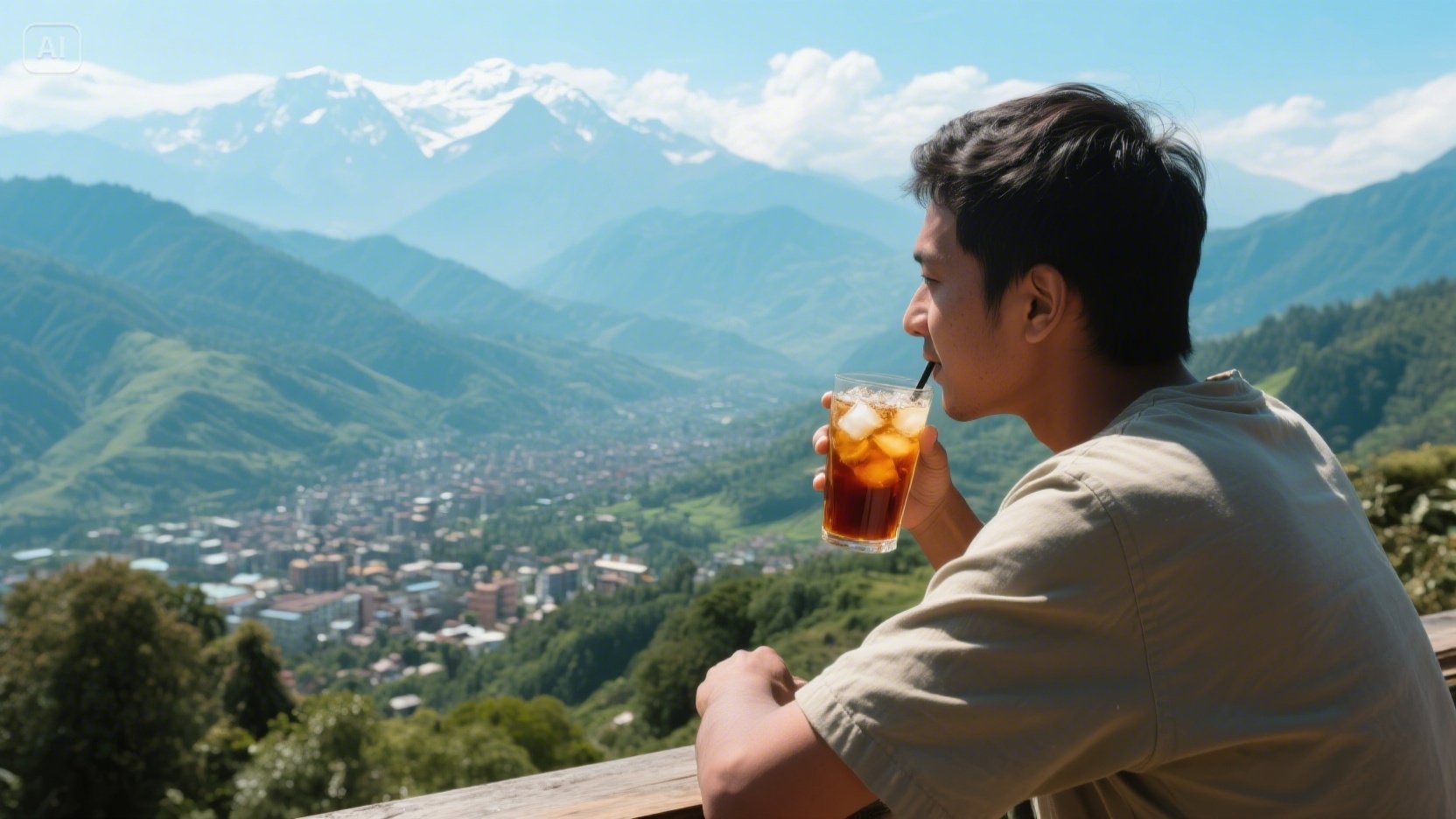
Drinks
May 10, 2025Best Iced Tea and Bubble Tea Places to Try in Nepal
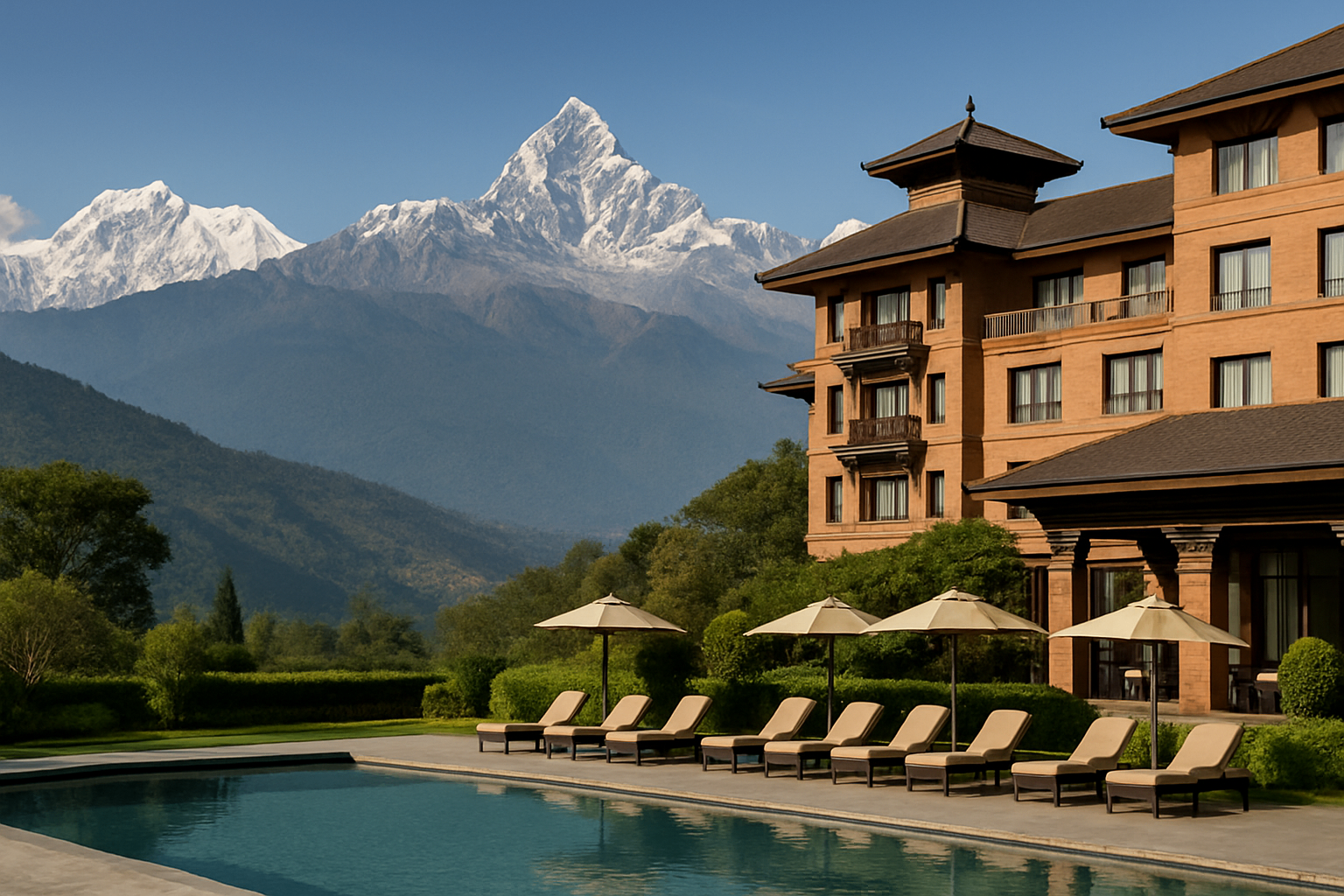
Kathmandu Hotels
May 7, 2025Best 5-Star Hotels in Nepal
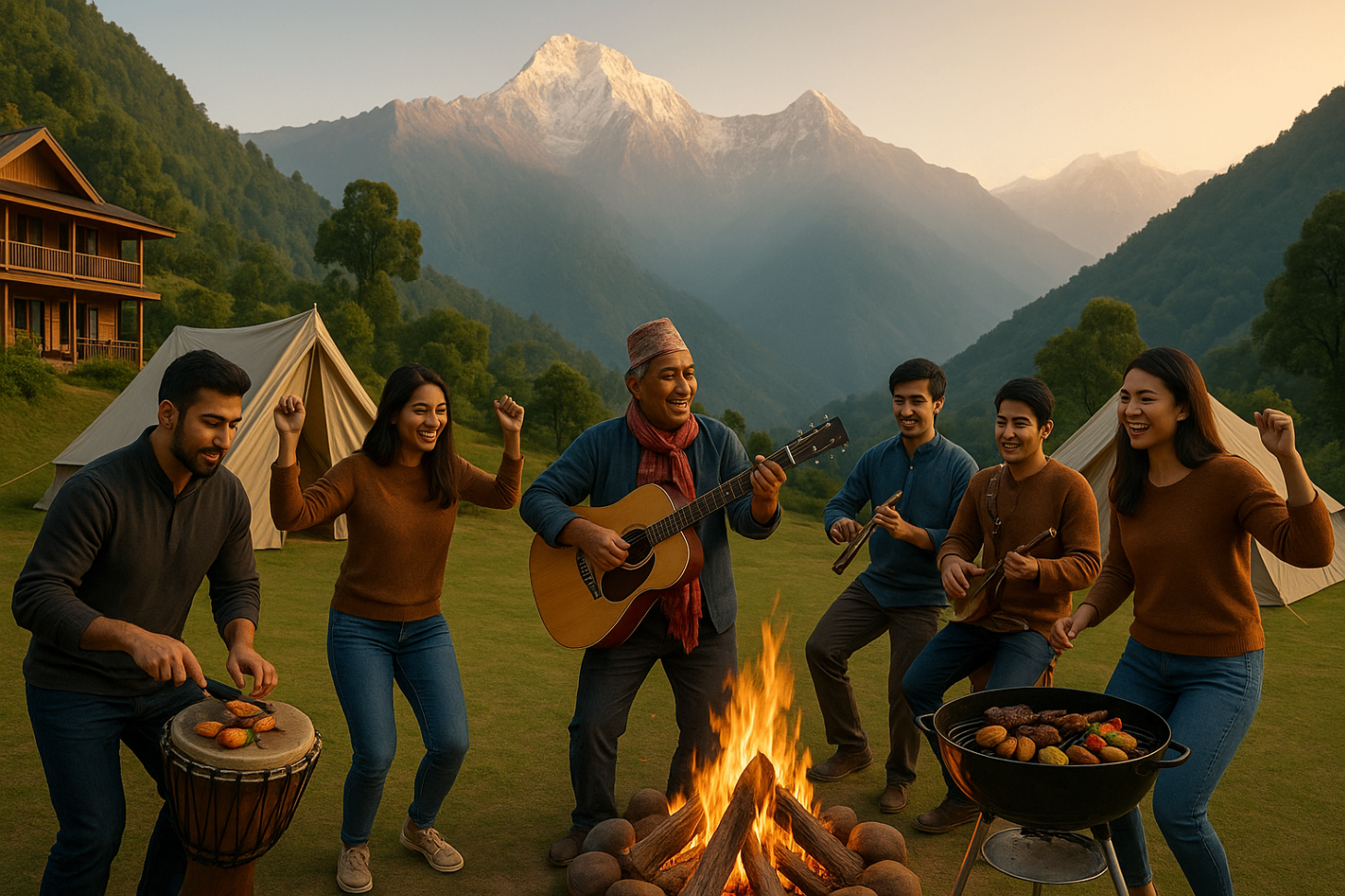
Tourism
April 30, 2025Camping and Barbecue in Nepal
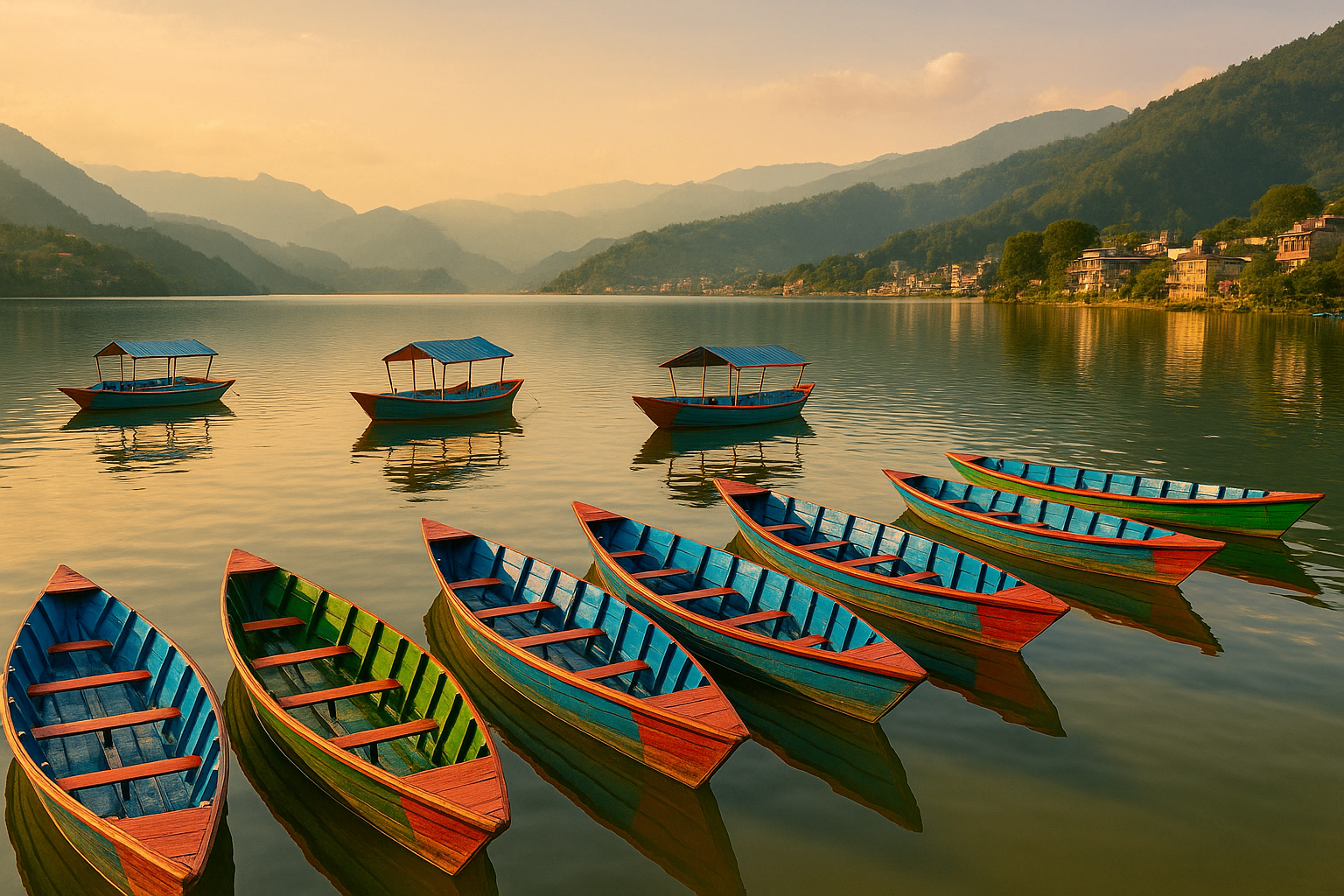
Tourism
April 28, 2025Lakeside Pokhara – Nepal’s Tourism Paradise
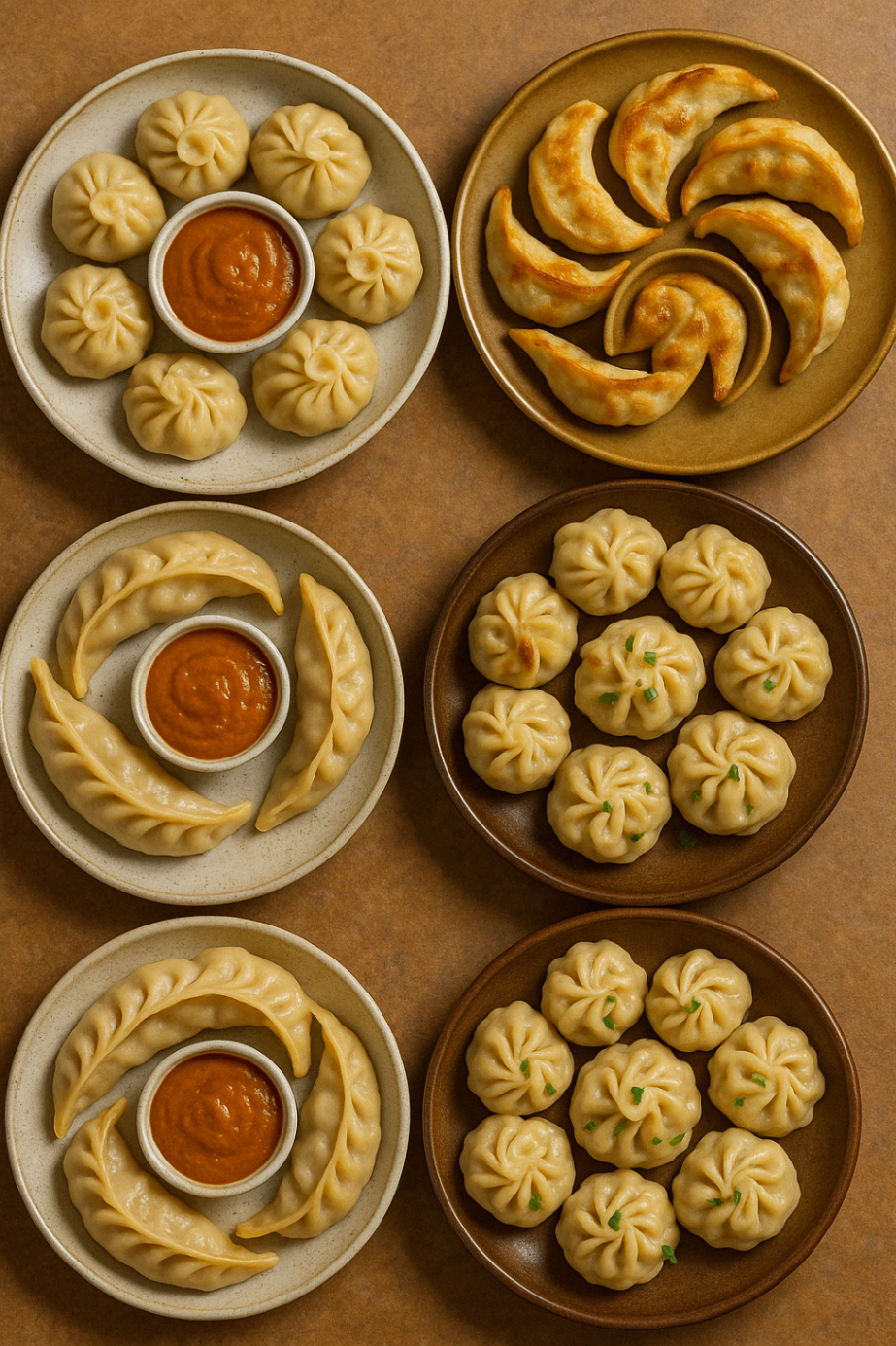
Food Mania
April 22, 2025Nepal's Momo Mania
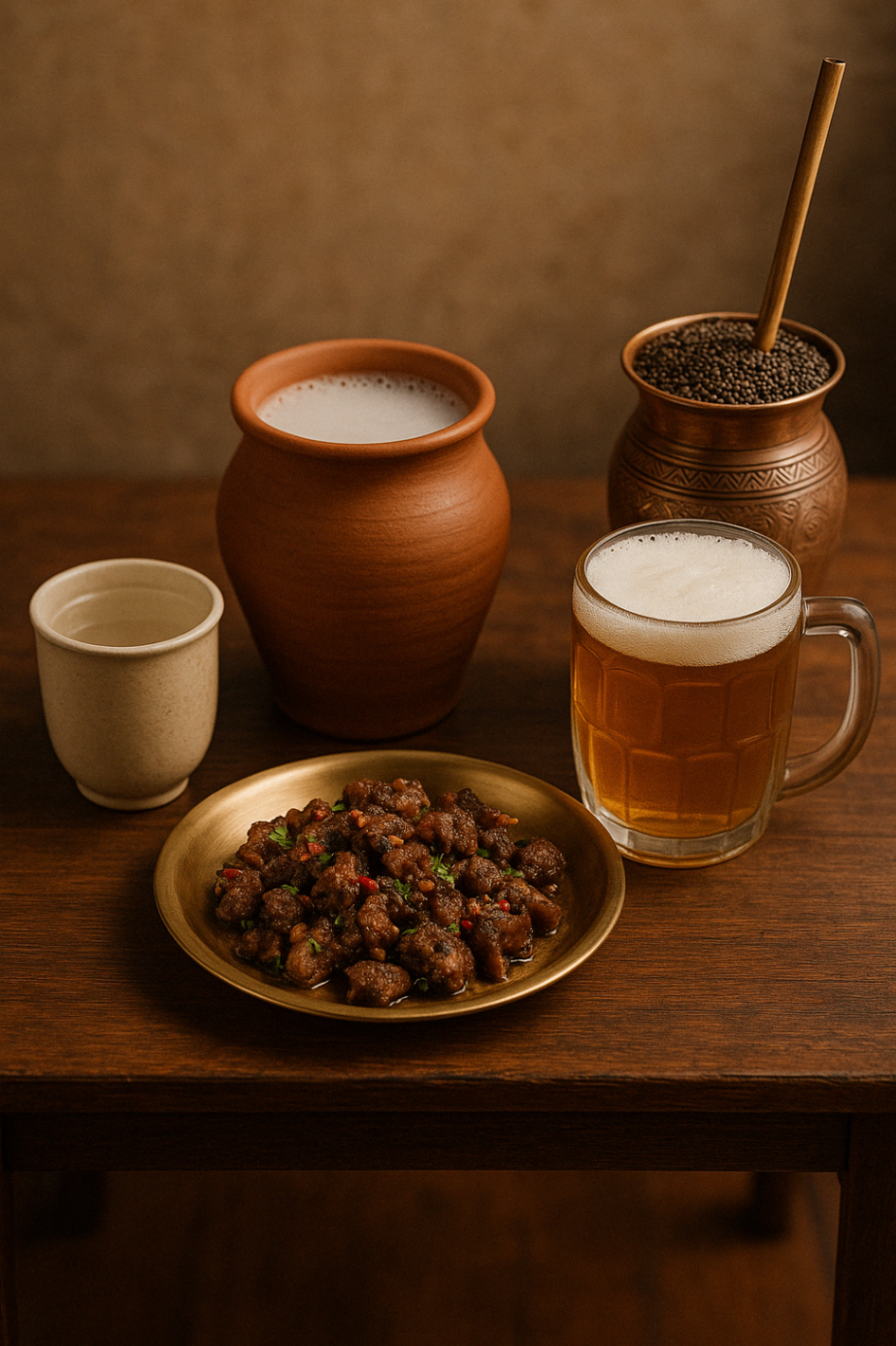
AI
April 22, 2025Unbottling Nepali Local Alcohol Varieties
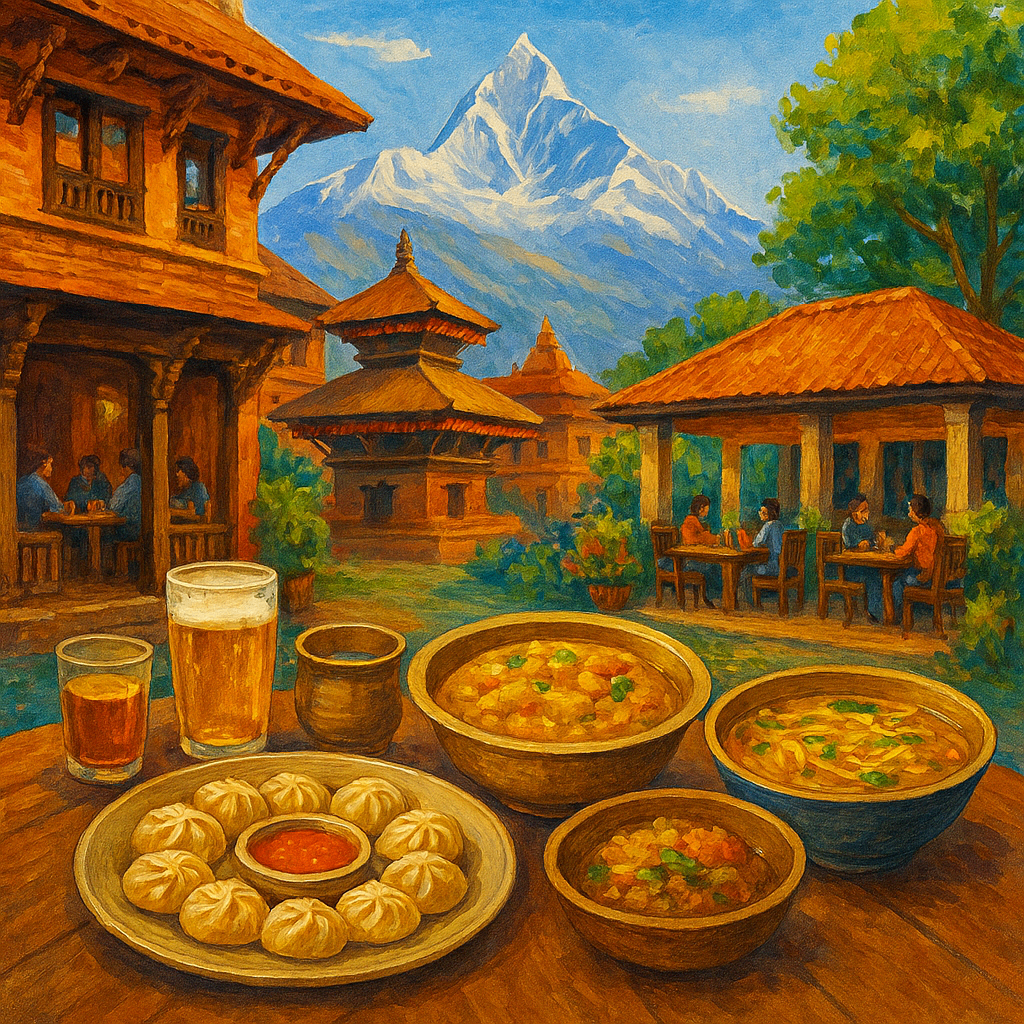
Food Mania
April 15, 2025Top 10 Places to Eat, Drink, & Stay This Nepali New Year 2082
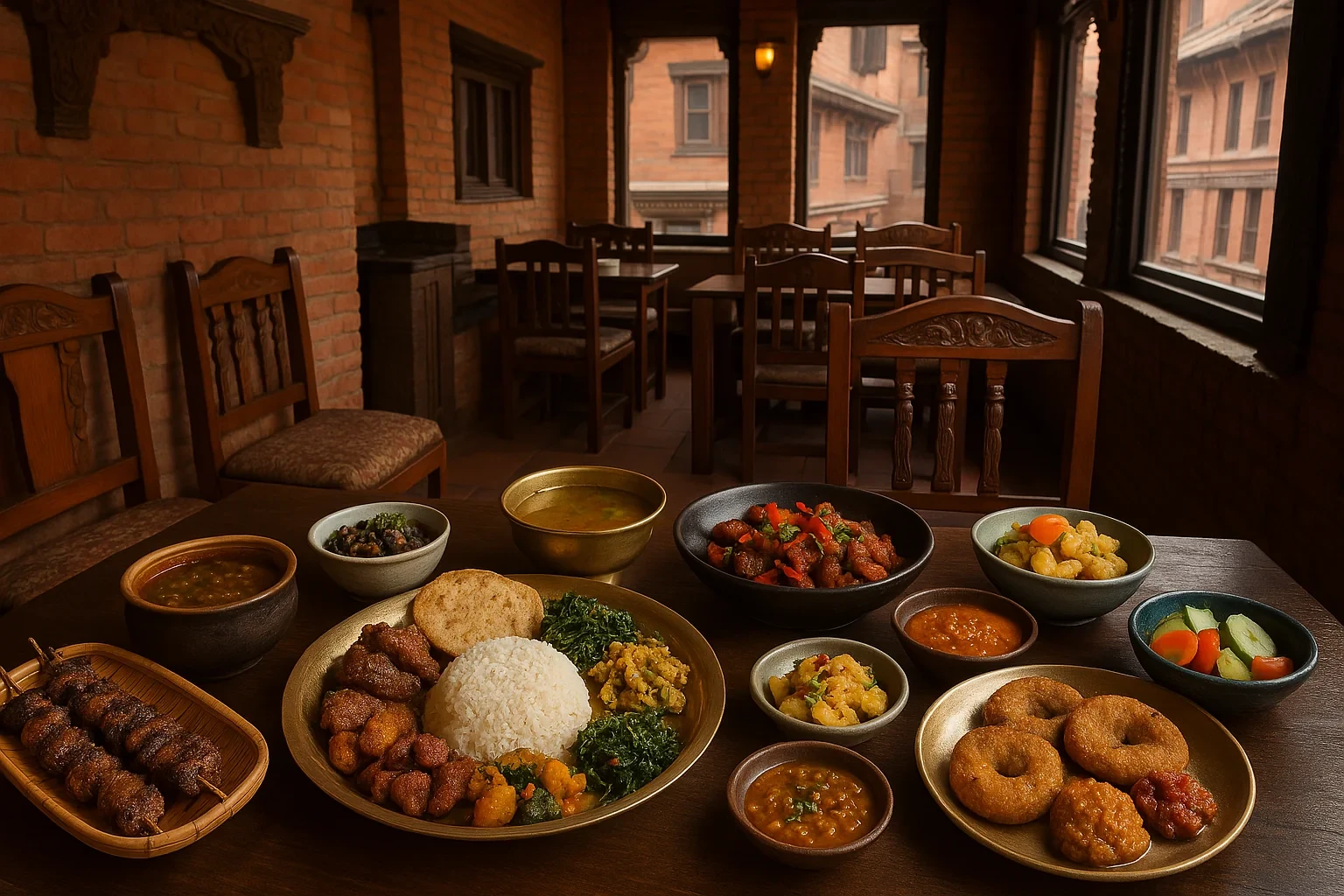
Food Mania
April 1, 2025Newari Cuisine Cravings
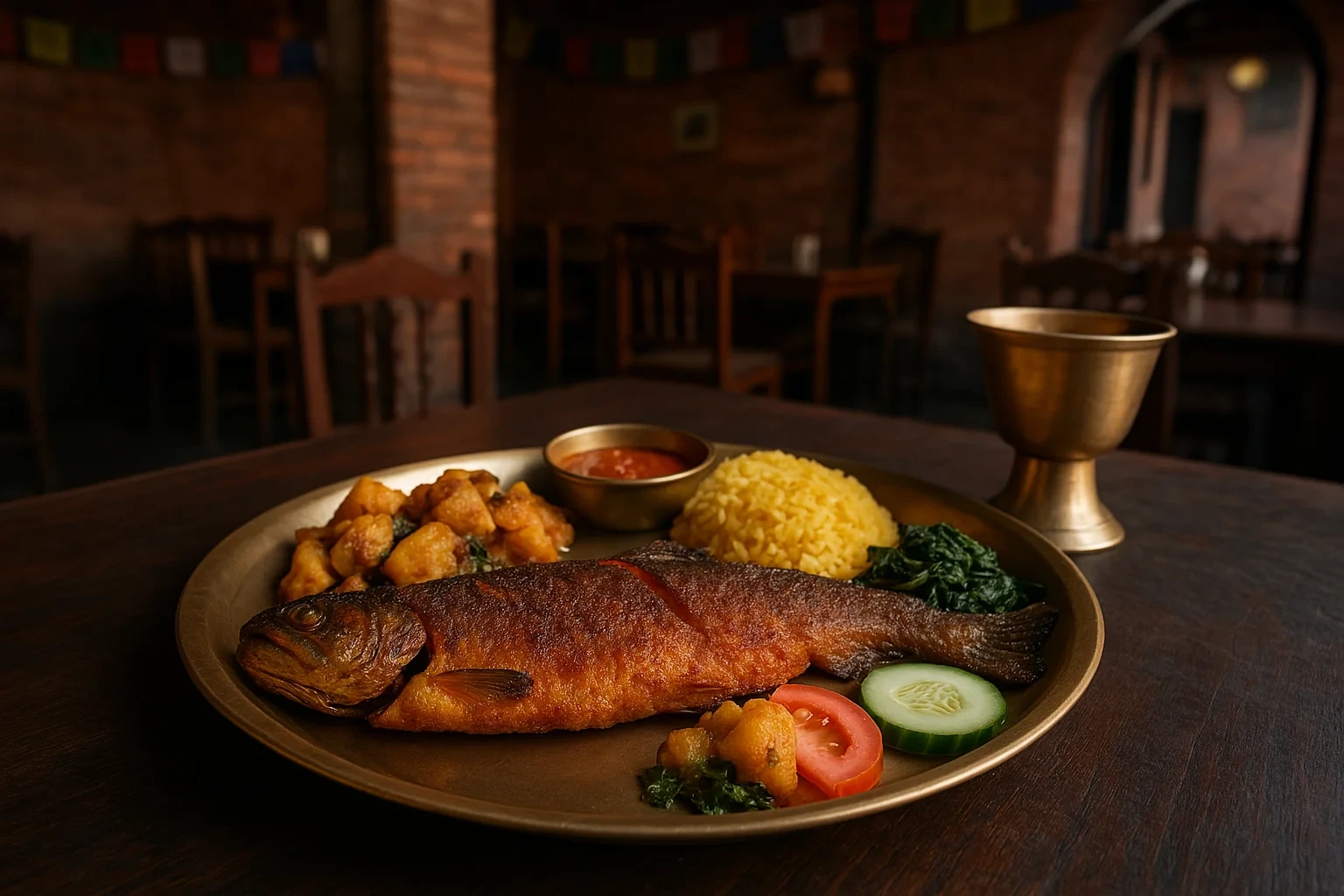
Food Mania
March 31, 2025Trout Fish Culture in Nepal
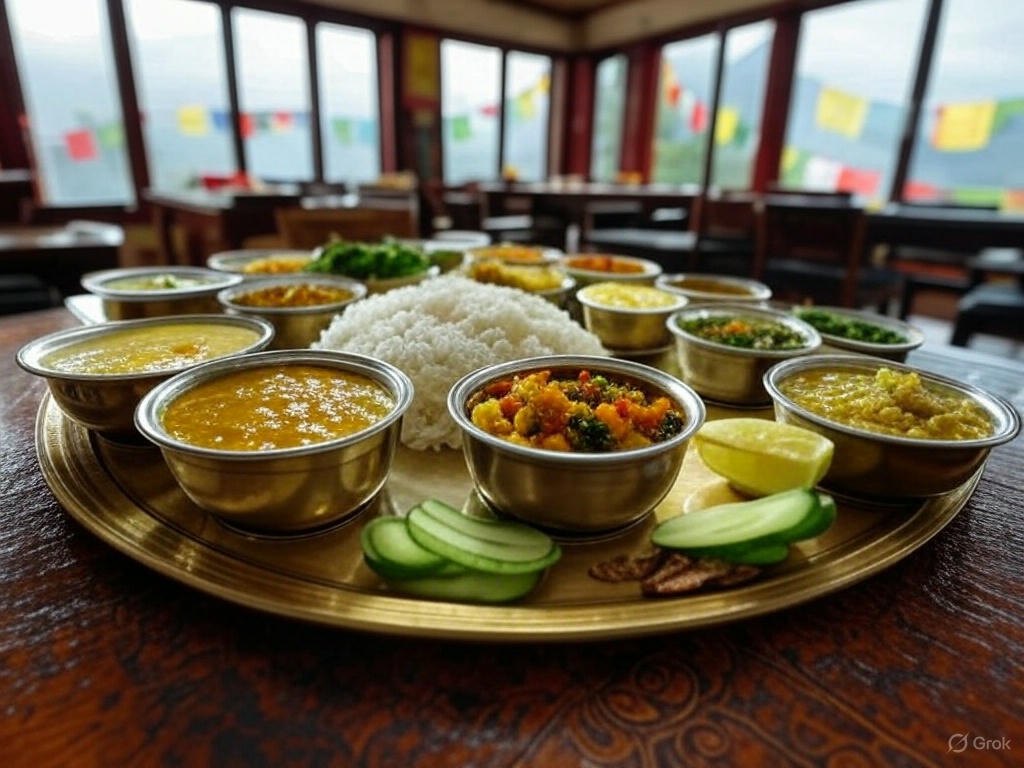
Food Mania
March 23, 2025Nepali Khana and Thakali Khana: Bringing Tradition and Taste Together
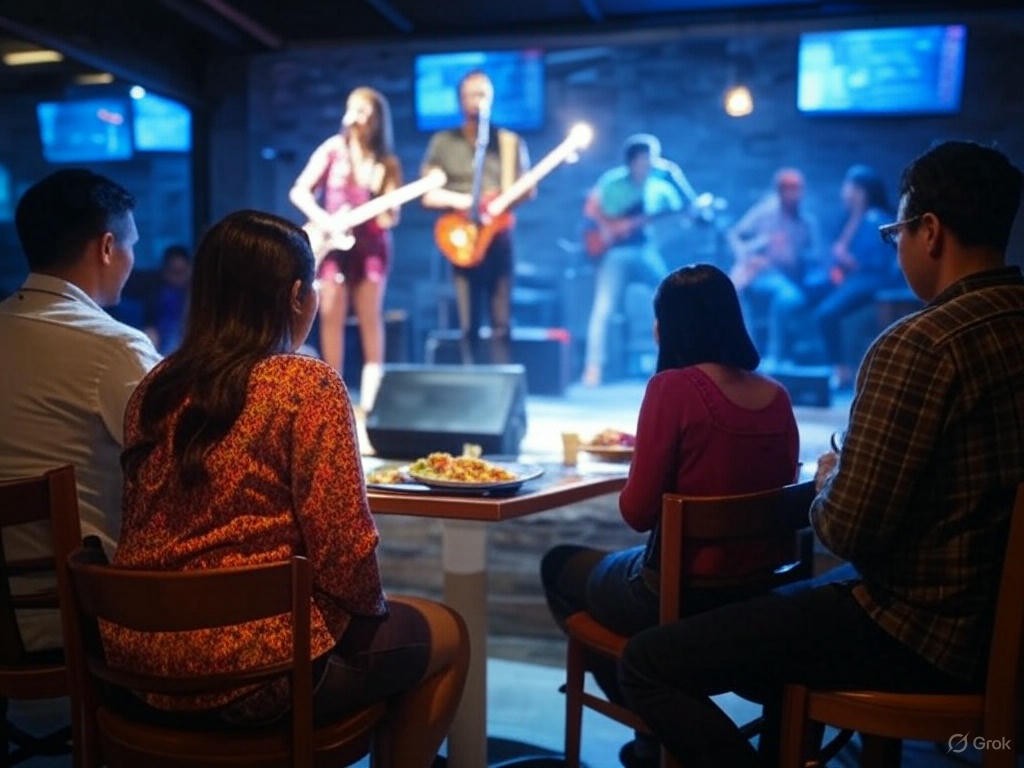
Events & Occasions
March 20, 2025Nepal’s Live Music Scene: Top Venues to Enjoy Live Performances
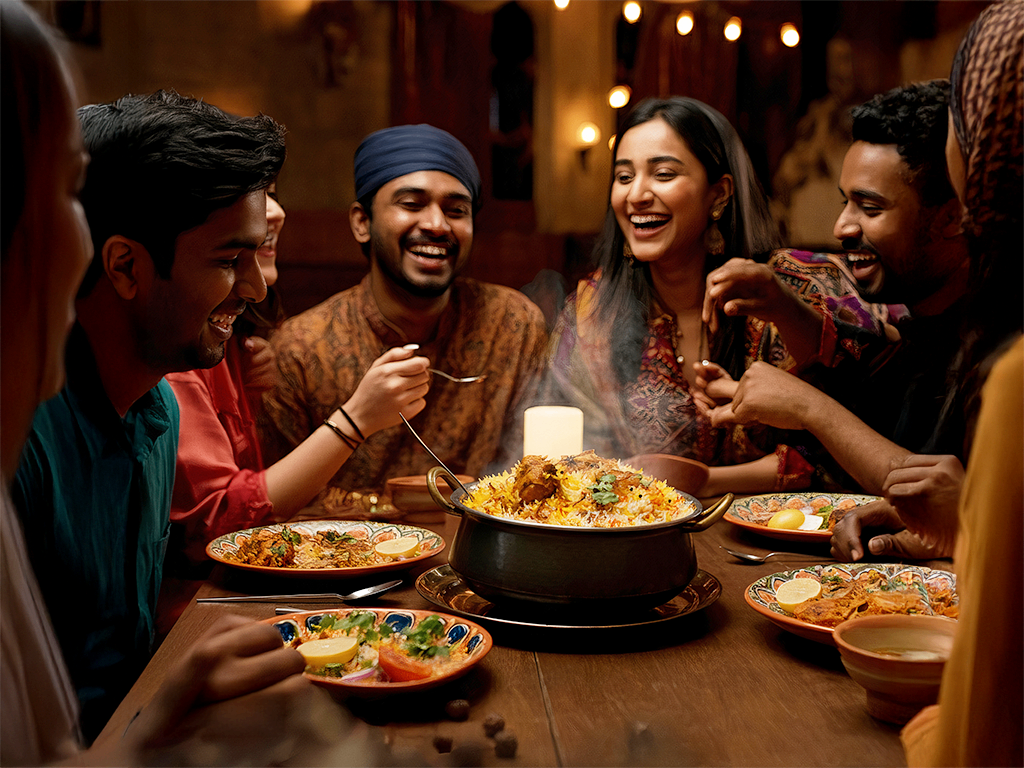
Food Mania
March 16, 2025Top 12 Places to Enjoy Biryani This Eid in Nepal
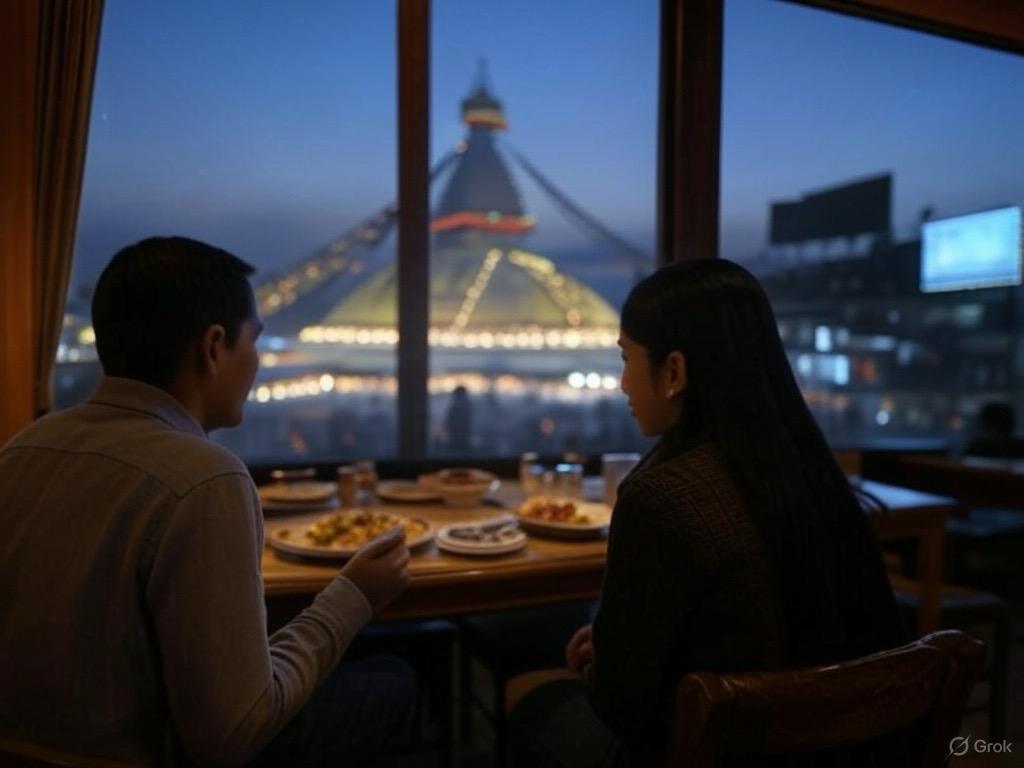
Food Mania
March 11, 2025Best Places to Eat and Enjoy in Boudha
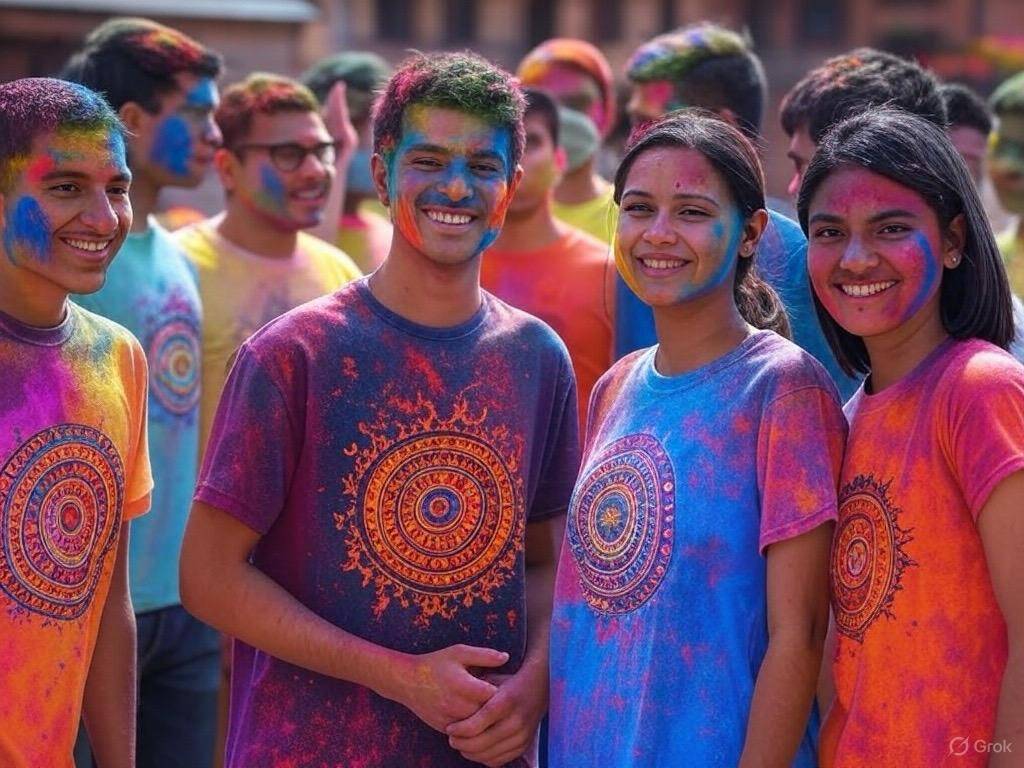
Events & Occasions
March 1, 2025Holi Events in Nepal 2025: Best Places to Dine, Drink, & Celebrate

Events & Occasions
January 31, 2025The Best Restaurants for Valentine's Day in Nepal
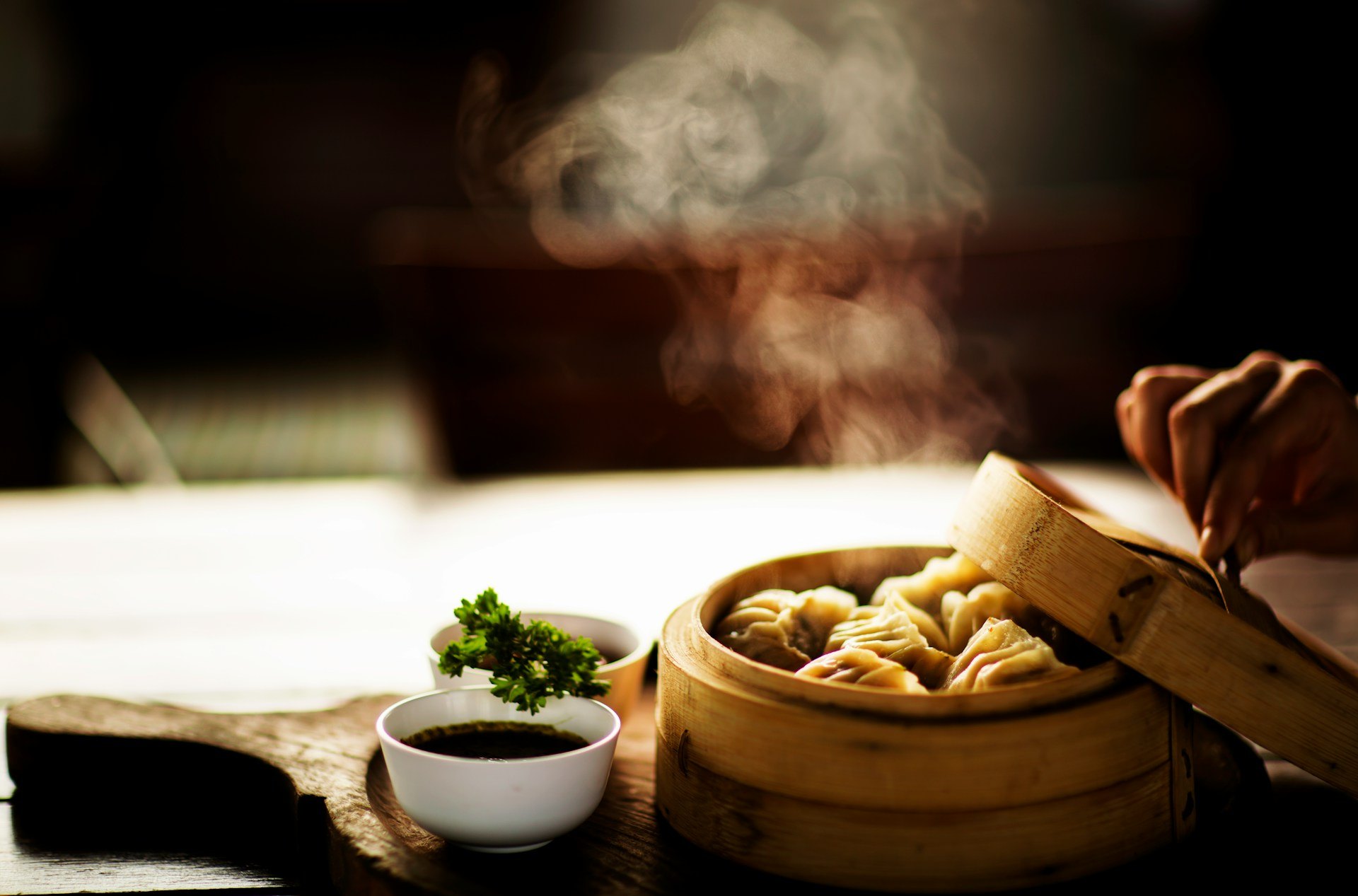
Food Mania
January 31, 2025What's Hot And Cold - Winter 2025 Dining Trends

Restroverse Marketplace
January 10, 2025The Launch of Restroverse Marketplace: A Game-Changer in Nepalese Hospitality

Introducing Restroverse
September 28, 2024Introducing Restro Slideshow: Swipe Through And Discover Your Next Experience
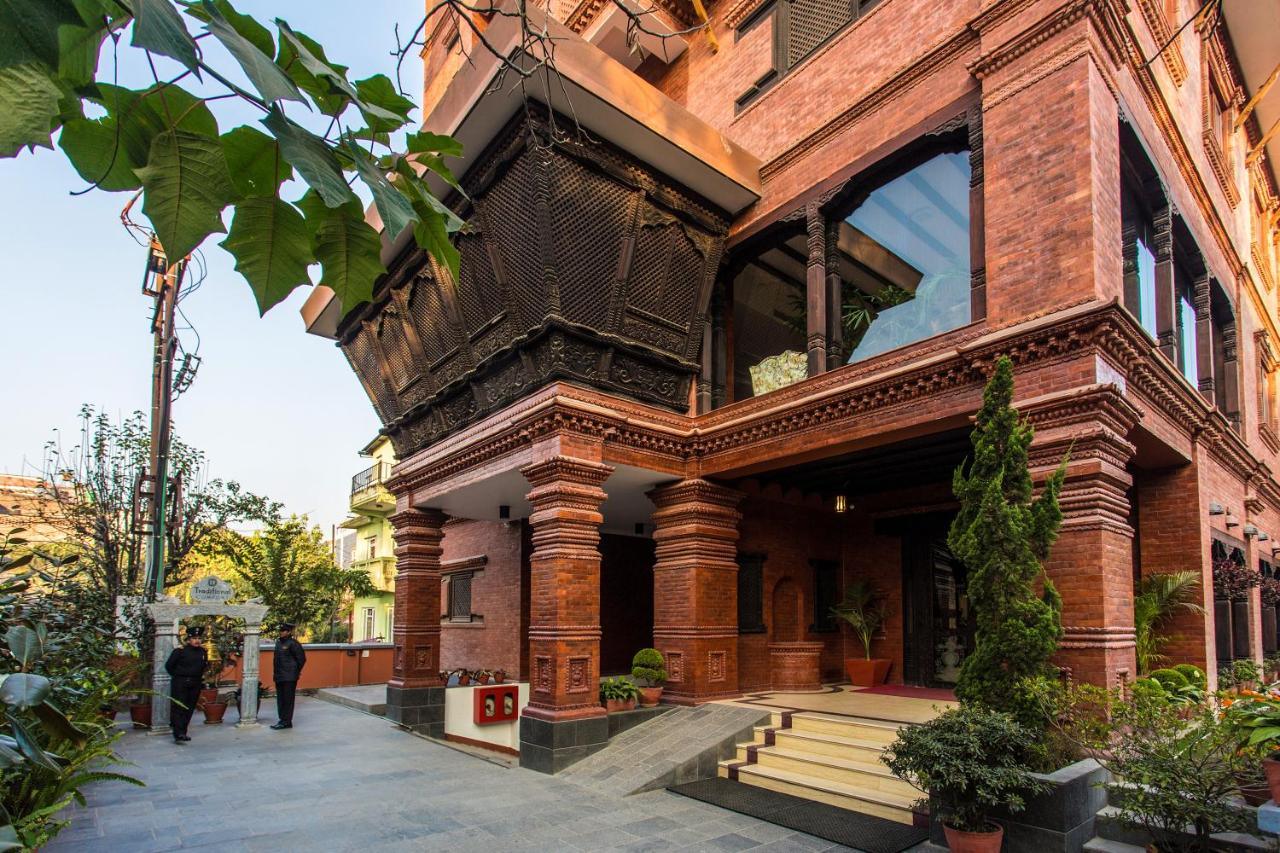
Kathmandu Hotels
September 2, 2024The 20 Best Boutique Hotels in Kathmandu, Nepal for 2025

Restroverse for Businesses
August 1, 2024Restroverse - Unleashing Explosive Growth for Your Hospitality Business

Introducing Restroverse
July 23, 2024Uncover a World of New Experiences with Restroverse

Euro Cup 2024
July 22, 2024